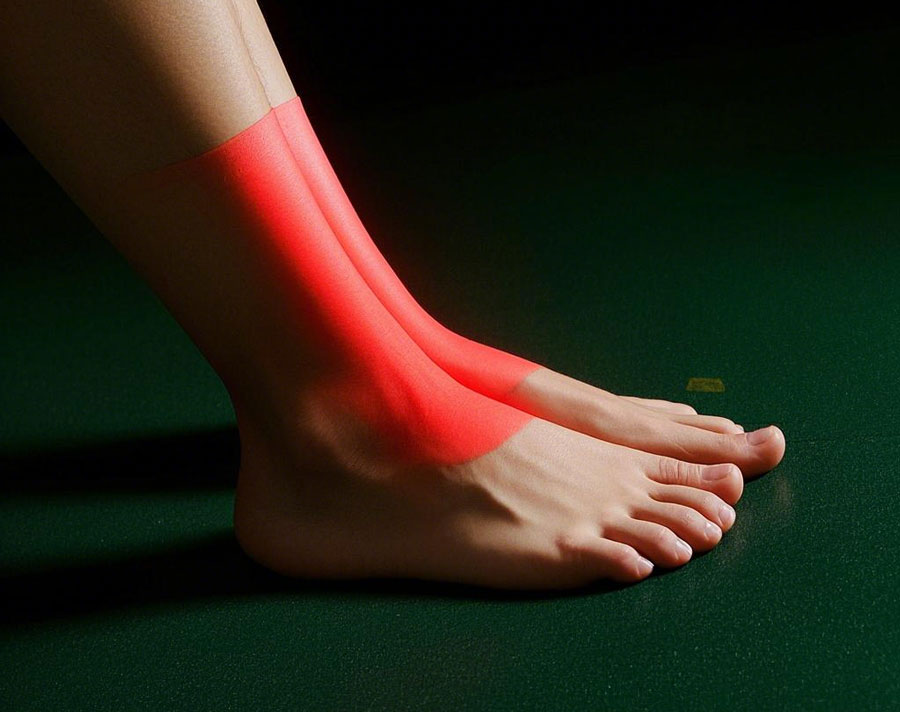Grounding and Pain Relief

How Grounding Helps with Pain Relief
Overview
Grounding provides multiple mechanisms for pain relief through its effects on inflammation, circulation, and the nervous system.
1. Reduces Inflammation
What Happens: Inflammation is a common cause of pain, especially in conditions like arthritis, muscle soreness, and chronic pain disorders.
How Grounding Helps: Grounding transfers free electrons from the Earth into the body, which neutralize free radicals and reduce oxidative stress. This can lower inflammation and alleviate pain.
2. Improves Circulation
What Happens: Poor blood flow can contribute to pain, especially in conditions like fibromyalgia or muscle stiffness.
How Grounding Helps: Grounding may improve blood flow and reduce blood viscosity, enhancing oxygen and nutrient delivery to tissues and promoting healing.
3. Balances the Nervous System
What Happens: Chronic pain often involves an overactive sympathetic nervous system (fight-or-flight response), which can exacerbate pain perception.
How Grounding Helps: Grounding shifts the autonomic nervous system toward parasympathetic (rest-and-digest) dominance, promoting relaxation and reducing pain sensitivity.
4. Stabilizes Electrical Activity
What Happens: The body operates on electrical signals, and disruptions in these signals can contribute to pain.
How Grounding Helps: Grounding helps stabilize the body's electrical activity, which may reduce pain and improve overall function.
5. Promotes Relaxation and Stress Reduction
What Happens: Stress and tension can worsen pain perception.
How Grounding Helps: By reducing stress and promoting relaxation, grounding can help alleviate pain and improve overall well-being.
6. Scientific Evidence
- A 2015 study published in the Journal of Inflammation Research found that grounding reduced inflammation and improved wound healing in rats, suggesting potential benefits for pain relief.
- A 2010 pilot study in the Journal of Environmental and Public Health reported that grounding reduced pain and improved sleep in participants with chronic pain.
- Anecdotal evidence from individuals who practice grounding consistently suggests reduced pain levels, particularly in conditions like arthritis, fibromyalgia, and muscle soreness.
How to Use Grounding for Pain Relief
Overview
There are several effective ways to incorporate grounding into your pain management routine.
1. Walk Barefoot Outdoors
What It Is
Walk barefoot on natural surfaces like grass, soil, or sand.
How to Use
Spend 20-30 minutes daily walking or standing barefoot.
Benefits
Direct contact with the Earth helps reduce inflammation and alleviate pain.
2. Sit or Lie on the Ground
What It Is
Relax outdoors by sitting or lying on natural surfaces.
How to Use
Focus on areas of pain while making direct contact with the ground.
Benefits
Prolonged contact with the Earth enhances pain relief.
3. Use Grounding Mats or Sheets
What It Is
Grounding mats or sheets are indoor tools that mimic the Earth's electrical charge.
How to Use
Place the mat under your feet or on your bed while sleeping.
Benefits
Provides grounding benefits when outdoor grounding isn't possible.
4. Apply Grounding Patches or Bands
What It Is
Small adhesive patches or bands that can be applied to specific areas of the body.
How to Use
Attach the patch or band to the area of pain and connect it to a grounding wire.
Benefits
Provides targeted pain relief.
5. Combine Grounding with Other Pain-Relief Practices
What It Is
Use grounding alongside stretching, massage, or heat therapy.
How to Use
Practice grounding before or after other pain-relief activities.
Benefits
Enhances the effectiveness of pain-relief techniques.
6. Tips for Maximizing Grounding Benefits for Pain Relief
- Be Consistent: Practice grounding daily to experience the most benefits.
- Focus on Pain Areas: Directly ground areas of pain, such as by sitting or lying on the ground.
- Stay Safe: Choose safe, clean surfaces for grounding and avoid areas with sharp objects or extreme temperatures.
- Track Your Progress: Keep a journal to monitor changes in pain levels and overall well-being.
